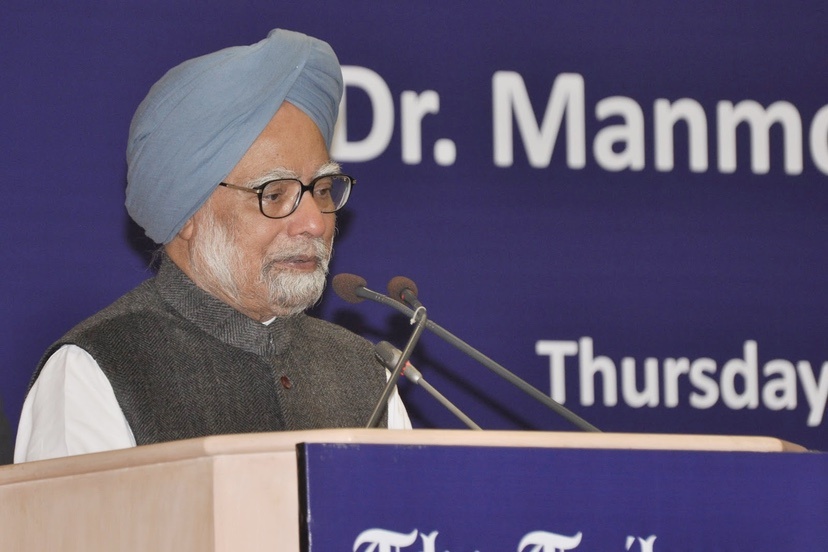Photo: Former Indian Prime Minister Manmohan Singh
Now that we have thousands of dead in Gaza, Israel struggling to fund continued attacks in the region, and many in the world condemning Israel’s actions, it’s worth asking if anything could have been done differently after Hamas’ brutal and inhumane attack upon Israel.
We can look to a similar event in history, where a leader showed greater wisdom, and didn’t give in to terrorism.
One of the fundamental mistakes anyone makes after a terrorist attack is understanding why it was done, and what the terrorists were hoping to accomplish. By many accounts, Hamas was ebbing in strength and international prominence, less of a force than they were when they seized power in Gaza years ago.
But Hamas had an agenda. As I wrote about, last year, their leaders were well aware of how the Israel-Saudi Arabia peace agreement would cement the Jewish’s state’s legacy in the region, a success from the Trump Administration. They needed recruits, as Palestinians have chafed under the brutal rule of Hamas. And they gambled on that inhumane assault on innocent people.
One of the core elements of terrorism is to have a terror group launch a brutal attack, primarily targeting civilians, designed to invite a horrible response that will primarily kill civilians on the other side, enabling recruitment, international sympathy, and condemnation of the terror target’s regime and policy, flipping the script after the target initially wins the sympathy.
Israel’s government went right for the terrorism trap, and gave Hamas all that they needed, at the sacrifice of mostly low-level operatives, easily replaceable, in the Gaza bombing. From detentions of suspects to the strikes around Gaza, the damage has not been limited to that strip of land on the coast. That Saudi deal is unlikely to be revived any time soon, if ever.
Other moderates throughout the Arab world are sure to back away from Israel, while allies on the West are on the defensive. Israel made itself a pariah state, targeting any Palestinian in Gaza instead of a narrow focus on Hamas terrorists. It didn’t need to be that way.
In The New York Times last year, Thomas Friedman wrote about Indian Prime Minister Manmohan Singh, whose country experienced the horrible terrorism attacks from the Pakistan Taliban (TTP), known as 26/11 (their 9/11) in 2008. Prime Minister Singh did not do what the Pakistan Taliban hoped he would do: bomb or otherwise attack TTP camps in Pakistan. That would have led to a war between two nuclear powers, and possibly paved the way for the Pakistan Taliban to overthrow their country’s moderate leadership.
Singh chose to focus on long overdue security upgrades, firing incompetent ministers and boosted India’s anti-terrorism efforts. And he used that international goodwill and sympathy from the world to get them to pursue and prosecute Pakistan Taliban units throughout the globe, even emboldening India’s ties to Pakistan, recognizing that their neighbor had much to benefit from defanging the TTP. And Singh won another term from India’s voters in the next election.
Instead of employing wisdom and going only after narrowly targeted missions against Hamas, Israel was led by a prime minister facing a mountain of corruption charges, who focused more beforehand on limiting the power of his country’s judiciary to hold him accountable, ignoring the lessons of the Yom Kippur War and the incentives for the attack ahead of the Saudi visit. There’s a lot of evidence that higher-ups did not listen to those concerned about an attack, confident that their “wall” would protect them. The gliders and tunnels employed by Hamas once again showed the folly of relying on fixed fortifications in modern warfare.
But as India’s Prime Minister Singh showed, wise leaders can defeat terrorists by not giving them exactly what they want.
It’s a lesson Israel needs to learn, and fast.

